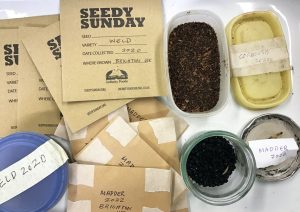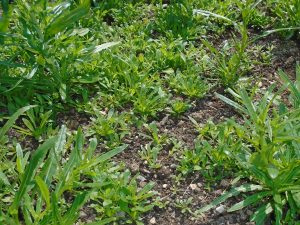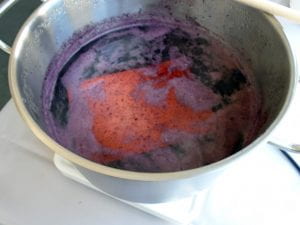
This is a good time of year to sort out the seed harvest and divide them into envelopes to swap or give away.
The dye garden can supply the following seeds to any staff or students who would like to grow their own colour: weld, madder, coreopsis, woad.













